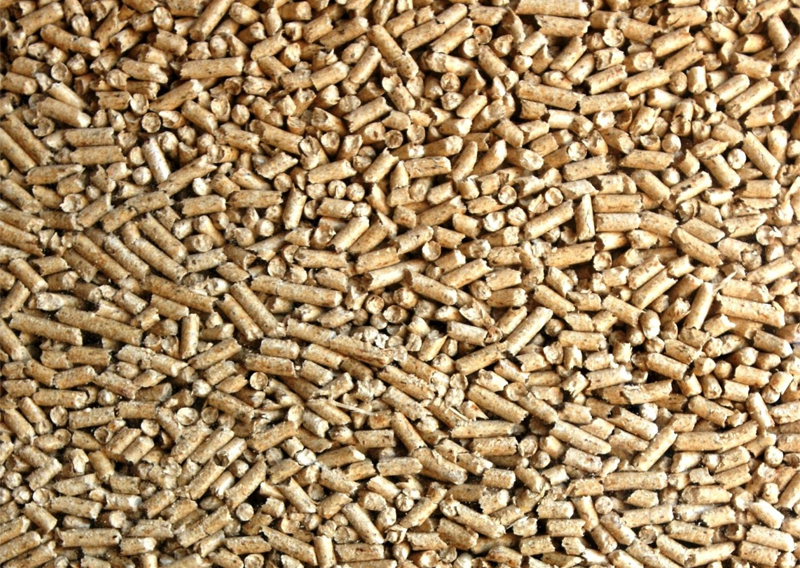The forecasted growth in wood pellet production in Europe will increase competition for wood fiber and require new feedstock sources
Europe’s pellet industry is the largest in the world and is expected to continue to grow strongly, at least until 2025. The key factors driving this increase include:
- EU has ambitious and rising targets for renewable energy supply,
- Biomass will play an important role in meeting those targets,
- Pellets offer several advantages over other forms of biomass in many applications.
Pellet demand is likely to grow by 30-40% over the next five years, and depending on how imports develop, European production might need to increase by up to ten million tons.
Europe represents about 75% of global pellet demand and is more diverse in its pellet usage than are other regions. In Europe pellets are used for residential heating (40%), power plants (36%), commercial heating (14%), and combined heat and power plants (10%). Demand is strong in both the industrial and residential sectors and is likely to continue even beyond 2025. According to a just-released study, European Wood Pellets – Where will the raw-material come from? (LINK), the rise in wood pellet consumption will put significant pressure on raw material markets in Europe and require new sources such as forest residues, recovered wood, and energy crops. Raw material prices and availability vary widely by geography but increased competition for wood fiber, including sawmill byproducts, will impact pulp and wood panel industries throughout Europe.
The most crucial feedstock for the wood pellet sector is currently sawmill residues (85% of the mix), roundwood (13%), and recovered wood (2%). This mix is likely to change in the coming years with the forecasted expansion of the wood pellet industry.
Although wood residues will remain an important feedstock, especially in northern and western Europe, they will not be sufficient to meet the future fiber demand from the growing wood pellet sector. New fiber sources are needed, and the greatest potential for increased supply is forest residues and energy crops.
Experience from North America shows that it is possible to use more forest residues as fiber furnish. Although it yields pellets with higher ash content, it is often a lower-cost raw material than, for example, roundwood and wood chips. This practice is increasingly common in both the US South (mainly for pellets exported to Europe) and Canada (mainly exported to Europe and Asia). In Western Canada, the sawmill residue share of the total feedstock has fallen from 97% in 2010 to 72% in 2020, with the balance being forest residues and roundwood.
The above-mentioned Focus Report provides viewpoints on how the European pellet industry can source sufficient raw materials, what the costs and potential alternative materials are, and what the implications will be for raw material suppliers, pellet consumers, and the pulp and wood-based panels industry.
The excerpt above is from the just-released Focus Report “European Wood Pellet Outlook – Where will the raw-material come from?” published by Wood Resources International LLC and O’Kelly Acumen. For more information about the study or to inquire about purchasing the 75-page report in easy-to-read slide format, please contact either Hakan Ekstrom (
Contact Information
Wood Resources International LLC
Hakan Ekstrom
www.woodprices.com
 Hakan Ekstrom
Hakan Ekstrom
Wood Resources International LLC













